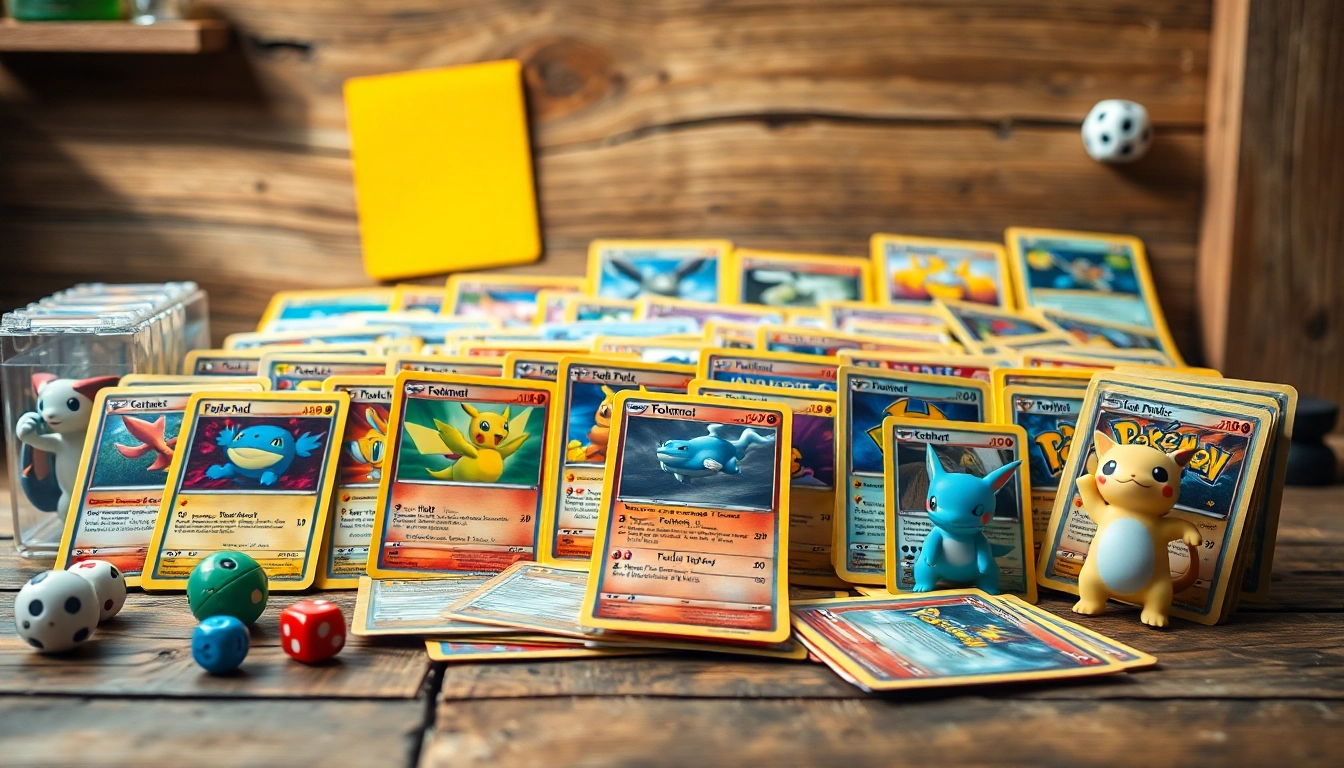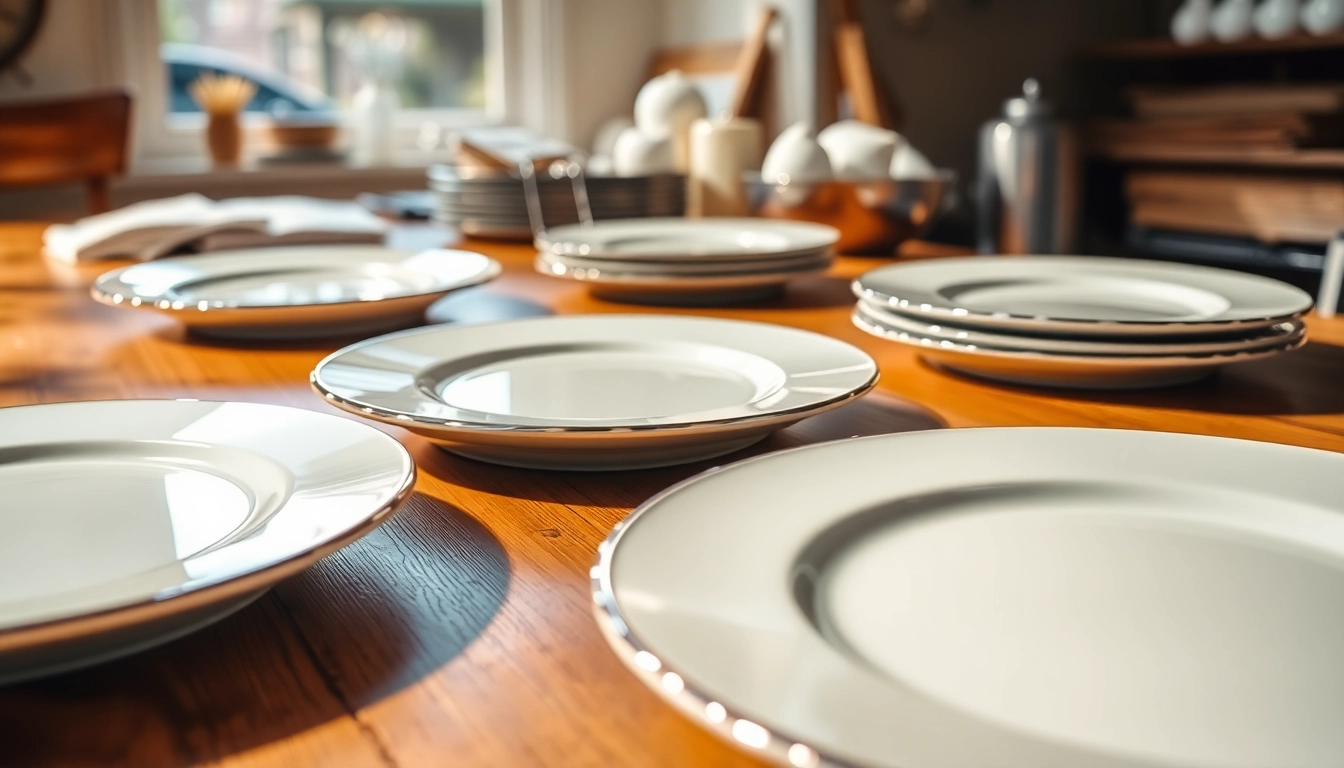Understanding Real Pokemon Cards
In the vibrant world of collectible card gaming, few names resonate as loudly as Pokémon. Real Pokémon cards have sparked joy among fans, collectors, and players globally. With the rise of counterfeits, however, understanding what differentiates genuine Pokémon cards from imitation versions has never been more critical. This article delves into the essence of real Pokémon cards, covering their distinctive features, the significance of collecting authentic cards, how to identify real versus fake, where to purchase them, and the ongoing evolution of this beloved trading card game.
What Are Real Pokemon Cards?
Real Pokémon cards are officially licensed collectibles produced by The Pokémon Company. They are part of the Pokémon Trading Card Game (TCG) and serve multiple purposes—primarily as a game component, but also as collectible items. These cards vary in style and rarity and are designed with artwork, stats, and features adhering to stringent standards set by the Pokémon Company.
Features of Authenticity
Authentic Pokémon cards generally share several key characteristics that set them apart from counterfeits:
- Material Quality: Genuine cards are made from a specific blend of paper that provides a unique thickness, texture, and feel.
- Printing Quality: Real cards exhibit crisp colors, clean edges, and well-defined text and images.
- Holographic Features: Many rare cards have holographic properties that can only be achieved through official printing processes.
- Set Symbols and Rarity Indicators: Authentic cards display specific symbols that indicate their set and rarity, which can be cross-verified with official Pokémon resources.
Why Collect Real Pokemon Cards?
Collecting real Pokémon cards goes beyond mere hobbyism. It fosters a sense of community among enthusiasts and serves as an investment opportunity. Here are a few reasons why collectors pursue authentic cards:
- Nostalgia: Many collectors grew up playing Pokémon and cherish the memories tied to the cards.
- Value Appreciation: Certain cards increase in value over time, making them sought-after collectibles.
- Competitive Play: Genuine cards are necessary for participating in official tournaments and competitions.
- Artwork Appreciation: The artistic design of Pokémon cards is captivating, allowing collectors to admire unique styles and illustrations.
How to Identify Real vs. Fake Pokemon Cards
With the influx of counterfeit cards in the marketplace, knowing how to differentiate real Pokémon cards from faux ones is vital. Understanding key authenticity indicators can save collectors a lot of headaches.
Key Authenticity Indicators
There are several indicators that can help you ensure the cards in your collection are genuine:
- Light Test: Hold the card to a light source. Authentic cards feature a specific layering that allows some light to pass through but blocks most.
- Blacklight Test: Under blacklight, real Pokémon cards exhibit certain fluorescent features that fake cards do not.
- Weight Check: Real cards weigh more than their counterfeit counterparts due to the specific materials used in their production.
Common Counterfeit Traits
Though counterfeit cards are becoming more sophisticated, they often share common telltale signs:
- Poor Quality Printing: Blurry images, faded colors, and misaligned texts are often signs of counterfeit cards.
- Incorrect Borders: Many fakes use incorrect sizing on borders, making the card appear off from its authentic version.
- Inconsistent Textures: Fake cards may feel overly smooth or rough, differing from the slight gloss found on real cards.
Expert Tips for Verification
If you’re determining the authenticity of Pokémon cards, consider these experts’ tips:
- Consult Forums: Engaging with communities such as r/PokemonTCG on Reddit can provide insights about suspicious sellers or specific cards.
- Compare with Known References: Utilize online resources to compare your cards with authentic images and specifications.
- Use Professional Services: For high-value cards, consider professional authentication services to confirm authenticity.
Where to Buy Real Pokemon Cards
Knowing where to locate authentic Pokémon cards is just as important as recognizing their features. Fortunately, numerous legitimate channels exist for acquiring these collectibles, including both online and local options. If you’re looking to add to your collection of real Pokémon cards, here’s what you should know.
Top Online Retailers
With the convenience of technology, buying Pokémon cards online has become a popular option. Here are some trusted online retailers:
- Pokémon Center: The official Pokémon website offers a variety of products, including the latest TCG sets.
- Amazon: Numerous sellers on Amazon offer real Pokémon cards, but it’s crucial to check reviews and seller ratings carefully.
- TCGPlayer: This platform focuses specifically on trading card games, providing a marketplace for both buyers and sellers.
Local Game Stores
Visiting local game stores can be a rewarding experience when searching for real Pokémon cards. These shops often have knowledgeable staff who can help guide your selection. Benefits include:
- In-Person Inspection: Ability to inspect cards physically before purchasing helps ensure authenticity.
- Community Engagement: Local stores often host tournaments and events, providing an opportunity to connect with other collectors.
- Exclusive Products: Some stores might have exclusive cards or promotional items unavailable online.
Avoiding Scams and Fraud
While there are many safe avenues to purchase Pokémon cards, scams do exist. Protect yourself by following these guidelines:
- Research Sellers: Always read reviews and check ratings before making a purchase.
- Be Wary of Deals that Seem Too Good to Be True: If a card is being sold at a fraction of its market value, it may be fake.
- Utilize PayPal or Credit Cards: Use secure payment methods that offer buyer protection in case of disputes.
The Evolution of Real Pokemon Cards
Understanding the evolution of Pokémon cards enriches any collector’s insight into what they are acquiring. The Pokémon Trading Card Game has come a long way since its inception, marked by significant milestones in design and popularity.
History and Rarity Overview
Launched in 1996, Pokémon cards quickly gained traction across various demographics. The first sets featured cards that have since become highly valued due to their rarity and historical significance. Over the years, various expansions and sets, like the Base Set, Jungle, and Fossil, have introduced new mechanics and Pokémon.
Rarity plays a significant role in the value of cards. Holographic cards, secret rares, and limited edition prints fetch the highest prices today, securing their place as prized possessions among collectors.
Value Trends Over Time
The market for Pokémon cards has seen significant fluctuations over the years. After a decline in the early 2000s, the rise of nostalgia-fueled fandom led to a resurgence in values in the late 2010s:
- High-Value Sales: Cards such as the “Pikachu Illustrator” have sold for unprecedented amounts at auctions, drawing attention from investors and collectors.
- Market Data: Tools like TCGPlayer allow collectors to track price changes, contributing data for future purchasing decisions.
- Influence of Online Platforms: Social media and streaming platforms have diversified the audience, significantly impacting demand and price.
Popular Sets to Collect
Several Pokémon sets have developed a loyal following among collectors, each with unique features and cards that have captivated audiences:
- Base Set: The original set remains a fan favorite due to nostalgia and iconic cards such as the holographic Charizard.
- Neo Genesis: This set introduced new Pokémon and supported the game’s evolution, becoming a staple in collectors’ libraries.
- Shining Legends: Recognized for its Shining Pokémon cards, this set has attracted collectors focused on unique rarity.
Building a Collection of Real Pokemon Cards
For newcomers and seasoned collectors alike, building a collection of Pokémon cards can be an enjoyable pursuit. Here, we explore strategies for organizing, displaying, and enhancing your collection.
Organizing and Displaying Your Cards
Effective organization is key to maintaining a successful collection. Here are a few methods to consider:
- Binder System: Use binders with quality sleeves to organize cards by sets or types. This helps you keep track and protects the cards from damage.
- Deck Boxes: Use deck boxes for cards that aren’t currently in use, facilitating easy access while preserving their condition.
- Digital Inventory: Platforms like TCGPlayer allow collectors to track their collection digitally, making it easy to manage cards.
Connect With Other Collectors
Building connections with other collectors can enhance your experience:
- Join Online Forums: Engage in discussions on platforms like Reddit or dedicated Pokémon forums to share experiences and learn from others.
- Social Media Groups: Facebook groups and Discord channels can facilitate various trades, discussions, and event notifications.
- Network Locally: Attend local game stores or community events to meet fellow enthusiasts and exchange knowledge.
Participating in Trading Events
Participating in local trading events or tournaments can be a fantastic way to immerse yourself in the community:
- Trading Events: These informal gatherings allow collectors to swap cards and share insights, often leading to valuable exchanges.
- Tournaments: Competing in TCG tournaments not only provides a platform to test your decks but also helps expand your collection and network.
- Conventions: Events like Pokémon World Championships bring collectors together, creating opportunities for big trades and a communal atmosphere.
Collecting real Pokémon cards is more than just a hobby; it’s a passion that connects fans across generations. With proper knowledge, resources, and community engagement, anyone can join this colorful world, enriching their experience while adorning their collections with authenticity.



